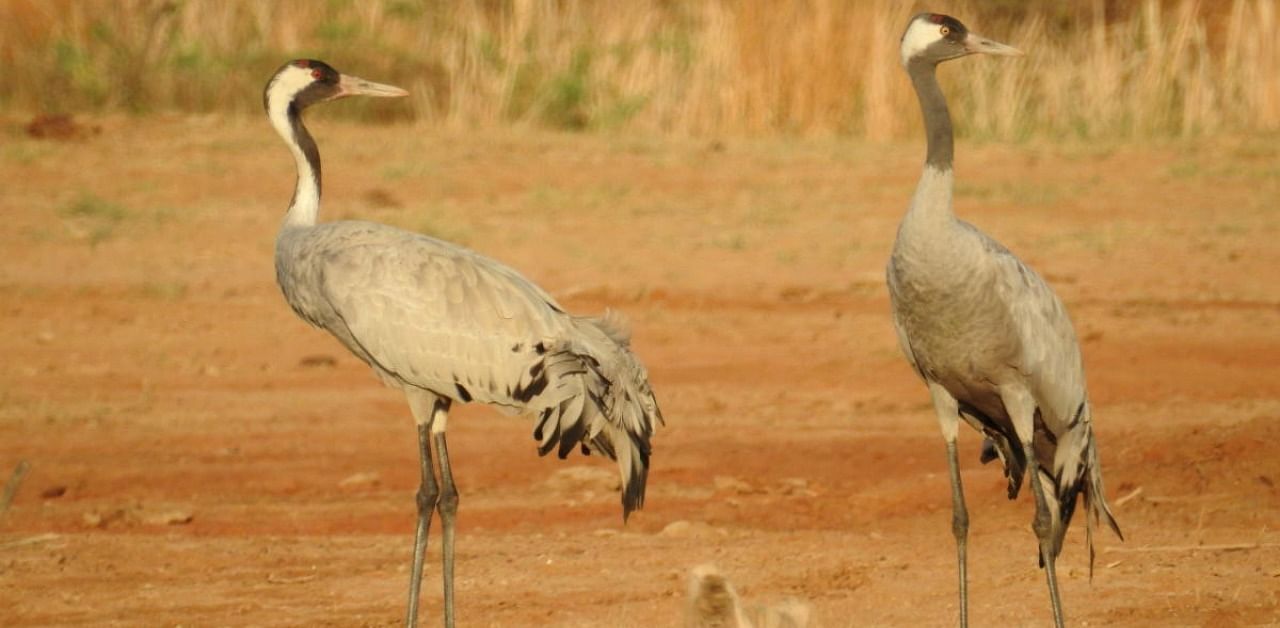
Employing solar-powered GPS tags for the first time, the Dehradun-based Wildlife Institute of India (WII) has tracked the return migration of a Common Crane, all the way from Northern Kazakshtan to Gujarat. The crane was first captured and GPS-tagged at a wetland near Nal Sarovar Bird Sanctuary in Gujarat in March 2020.
After spending a month around the place of capture, the crane had departed on its northward migration, travelling through Pakistan, Afghanistan, Iran, Turkmenistan and Uzbekistan before reaching Kazakhstan.
The WII team logged the crane’s location every 10 minutes. This was transmitted through GSM network every day through the tracking period, explains Dr. Suresh Kumar, a scientist attached to WII’s Department of Endangered Species Management.
Locally known as ‘Kunj’ in Gujarat, the Common Crane is a winter visitor to the arid plains of Western India, primarily Gujarat and Rajasthan. Thousands of these cranes arrive in October – November to parts of Western India from the breeding areas in the Northern latitudes as winter season starts to set in there.
The crane in focus, named ‘Vadla’ after the local village, was captured on March 12, after several months of effort with help from the Nal Sarovar Sanctuary staff, Ghani Bhai and Karsan Bhai. The tagged crane is thought to be a female based on its weight of 4.72 kg. The leg-mounted solar-powered GPS GSM tag attached to it weighed 40 grams.
The tag was designed to collect location data and gauge the crane’s fine-scale movements and map its migratory routes. The only other effort to track the cranes’ migration from India was over two decades ago from Rajasthan and Gujarat. The birds had reached their breeding grounds in Russia and Kazakhstan.
The solar-powered GPS-GSM tag used on Vadla, says Dr Kumar, is a smart technology. “In situations where there was no GSM network, the data was stored in the tag and transmitted when the crane came into an area with the network. The tags can store 300,000 locations. That is a lot of location data.”
The wintering cranes forage during the day in the flat lands looking for grass seeds and tubers. At night they congregate in thousands to roost at select wetlands there including the Nal Sarovar Bird Sanctuary. With the onset of summer, the cranes once again depart on their northward migration in March - April.
Gujarat, due to its geographic location and unique habitats, holds a prominent position in the Central Asian Migratory Bird Flyway.